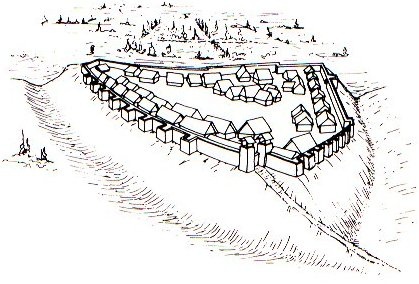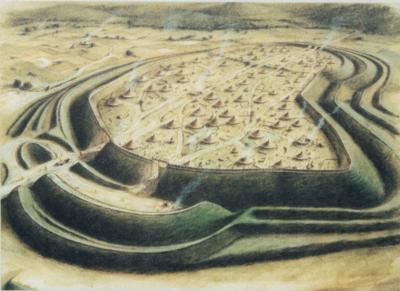Early Celtic Cultures:
It has been suggested that the earliest features of a Celtic culture can be traced to the bronze age Urnfield culture of central Europe.
Urnfield Culture:
- Also known as pre-hallstatt cultue
- Spoke early form of celtic tounge
- cremated the dead and placed the remains in pottery urns that were then buried in communal plots in the ground.
- Produced bronze weapons, tools and eating & cooking vessels.
- Culture of which the celts emerged as an argricultural people
- justifiably considered to have been the ancestore of celtic cultures, their descendents in Central Europe, the people of the Hallstatt culture, were certainly full Celtic.
The 2 cultures, Urnfield and Hallstatt, seem to haveco-existed for some time between 1200-1000BC until the Hallstatt culture became dominant.
Hallstatt Culture:
- Archeaological evidence suggests that the Hallstatt era lasted in central Europe from c. 1200 to 475 BC.
- It takes name from the Austrian village of Hallstatt where an important celtic site was uncovered
- celtic economy was based on a variety of activities: mixed farming, the mining of metals (iron, copper and tin); the mining of minerals such as salt, as well as extensive trade throughout europe.
- Until the 8th century BC they lived in farms and villages, but hillforts (oppida) became common between 800 and 600 BC. E.g. Heuneburg, Germany, Danebury and Maiden Castle, Britain.


